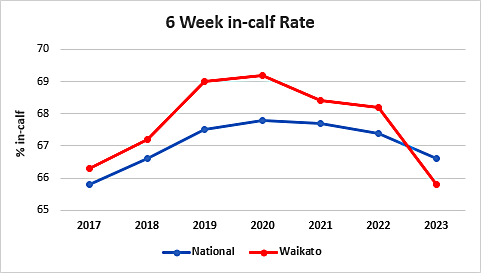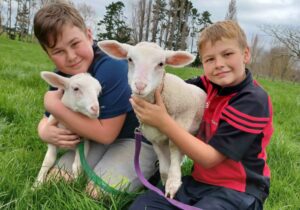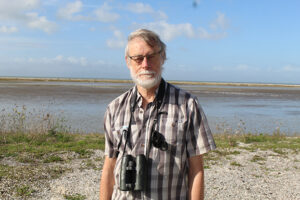Our scanning results are in and those of us with statistical fetishes now get to have our way with the numbers! All-in-all it was not a great season in the Waikato (and NZ for that matter) for getting dairy cows in-calf.
The Waikato region saw the largest single year drop in 6-week in-calf rates for at least the last two decades.

This is the continuation of a downward trend in the Waikato that has persisted for the past three seasons. And, as you would expect when 6-week In-Calf rates go down, empty rates go up – with the same three-season trend being reflected in empty rate creep too. Although the average 6-week in-calf rate of Franklin Vets farmers was sitting somewhat prettier than the nation at 67 per cent we were unable to buck the downward trend with results having dropped by 1 per cent overall from last season’s 68 per cent average.
Herd reproduction is a very multifactorial subject, so distilling poor performances like this year’s down to a few common threads is difficult, nigh on impossible. We can look for trends however and when it comes to trends it pays to start with those that affect almost all farms – these being pasture and cow condition.
Last autumn we were still firmly in the grips of a drought, leaving cows to calve in poor body condition, pastures with not enough time to build up reserves, followed by a spring that was a dreary, gloomy and cold affair.
If you’re looking to improve herd reproductive performance, energy balance and cow condition is always a sensible place to start and, unfortunately, most farms had neither of these working in their favour. This appears to have led to very poor conception rates with slight reductions in submission rates to boot. More agreeably, the second half of this season saw an abundance of green pasture. Cows and pastures are currently in a much better position heading into the new season and if both are looked after through winter, and mating is managed appropriately, we should be able to flip the recent trend on its head!
– Supplied by Franklin Vets




